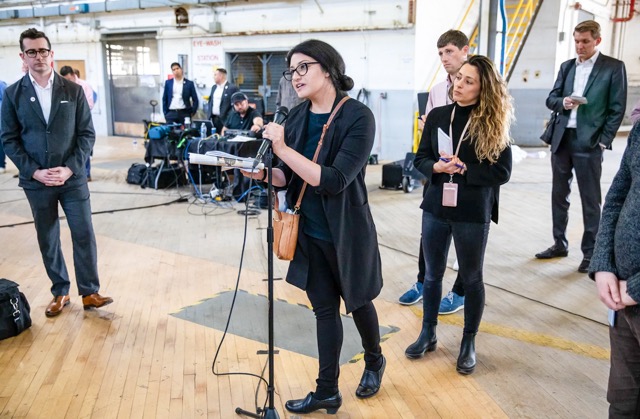Should Tech Giants Have to Pay California Newspapers
BY DAN WALTERS, CalMatters (Opinion)
When I began my journalism career 64 years ago, newspapers were virtual licenses to print money because they were the dominant medium for advertising retail businesses such as supermarkets and department stores and the larger public via classified ads.
During the 1990s, however, the internet popped up.
At first, newspaper owners were pleased that their content was being republished by other websites. When they blossomed into large corporations selling ads, they became powerful competitors. Classified ads, page for page the most profitable form of advertising, also largely vanished. They were unable to compete with free websites such as Craigslist.
Meanwhile, the retail businesses that had been the backbone of newspaper finances also found themselves competing with online sellers such as Amazon.
All of these trends clobbered the newspaper business. By the turn of the century, some papers were shutting down and survivors were shrinking as circulation and ad revenue dried up.
What happened to the Los Angeles Times, California’s largest newspaper, encapsulates the decline. In the early 1990s, the LA Times had a huge staff of journalists and was selling more than a million papers each day. As circulation and ad income contracted, however, the Times also shrank and underwent a couple of ownership changes before being purchased in 2018 by Dr. Patrick Soon-Shiong, a wealthy Southern California physician.
Soon-Shiong pumped new money into the Times, which expanded its staff and made a valiant attempt to recapture past glory. Eventually, however, it once again shrank as its owner grew tired of covering $40 million in annual losses.
Last March, the Times printed an article about the shutdown of its downtown printing plant. Its last print run was 100,000 copies, less than a tenth of its peak three decades earlier. The paper is now being printed by another company.
The contraction is very evident in coverage of the state Capitol. Even small California newspapers once had reporters in Sacramento, but today only a few papers, including the Times and the Sacramento Bee, have Capitol bureaus.
In fact, CalMatters, my employer, was founded nine years ago specifically to fill the widening gap in Capitol coverage and has succeeded beyond anyone’s expectations, providing its prodigious output free of charge to anyone who wants it, including surviving newspapers.
This journalistic history frames one of the Capitol’s most controversial issues in the final weeks of its 2024 session: legislation aiming to compel Google and Meta, the parent of Facebook and Instagram, to pay newspapers for their content and require most of the money to be used to pay journalists.
Assembly Bill 886 would emulate a Canadian law that has generated about $75 million in annual payments to newspapers, but is being fiercely contested by the two tech giants. They’ve launched an ad campaign against the bill and threatened to stop republishing newspaper stories.
As much as I lament what’s happened to the newspaper business, I have qualms about AB 886, which is now pending in the Senate after clearing the Assembly.
I don’t like newspaper finances being beholden to politicians, no matter how benign their motives. I don’t like that publishers could potentially comply with the bill’s employment mandate without actually hiring more journalists. I’m concerned that the bill is, as the Electronic Frontier Federation suggests, unconstitutional because it forces corporations to give money to other corporations.
Maybe the newspaper, as we have known it, is as obsolete as the buggy whip. Maybe newspaper owners should just concentrate on building their online presence. Maybe CalMatters and other independent websites are the legitimate future of journalism.
CalMatters CEO Neil Chase formally opposed AB 886 as it was introduced last year. His views do not necessarily reflect those of the organization, newsroom or its staff.

For More California News Visit www.zapinin.com/california-news

